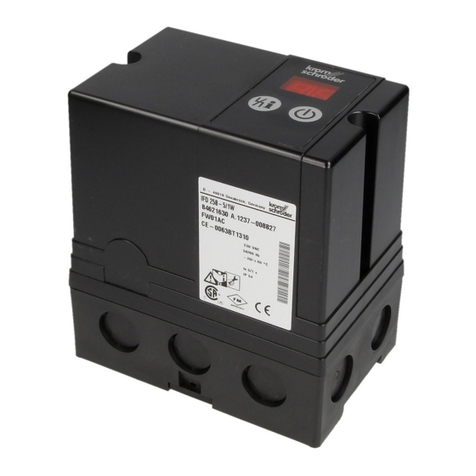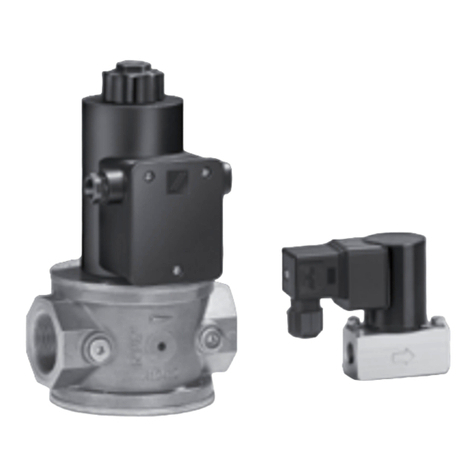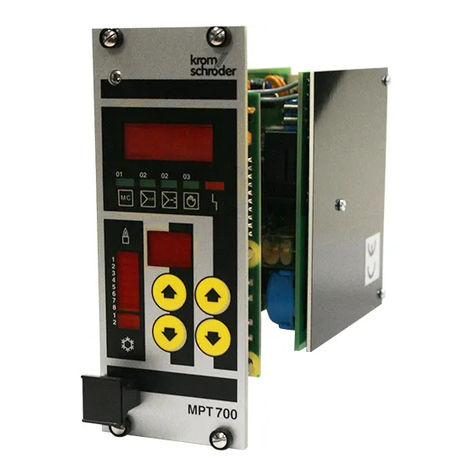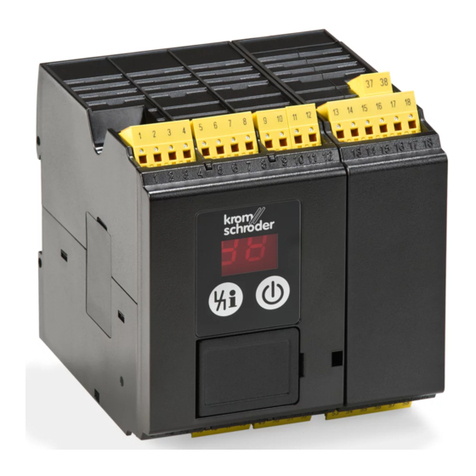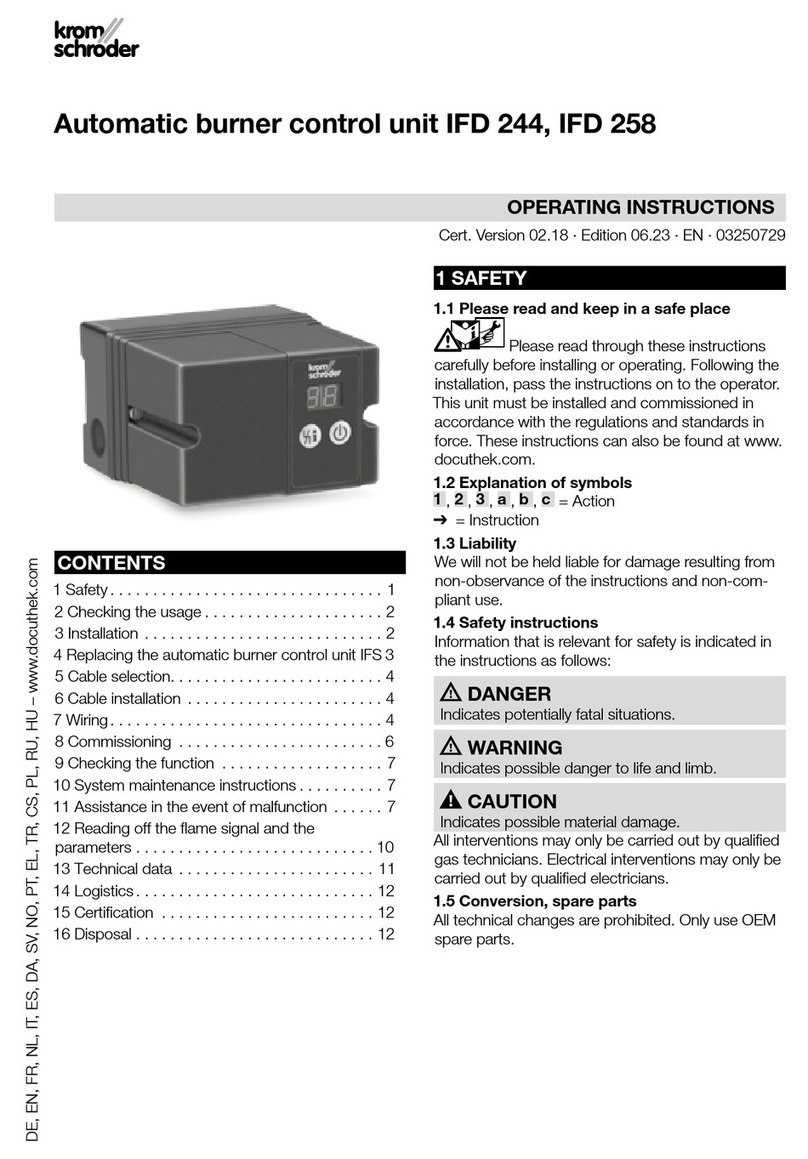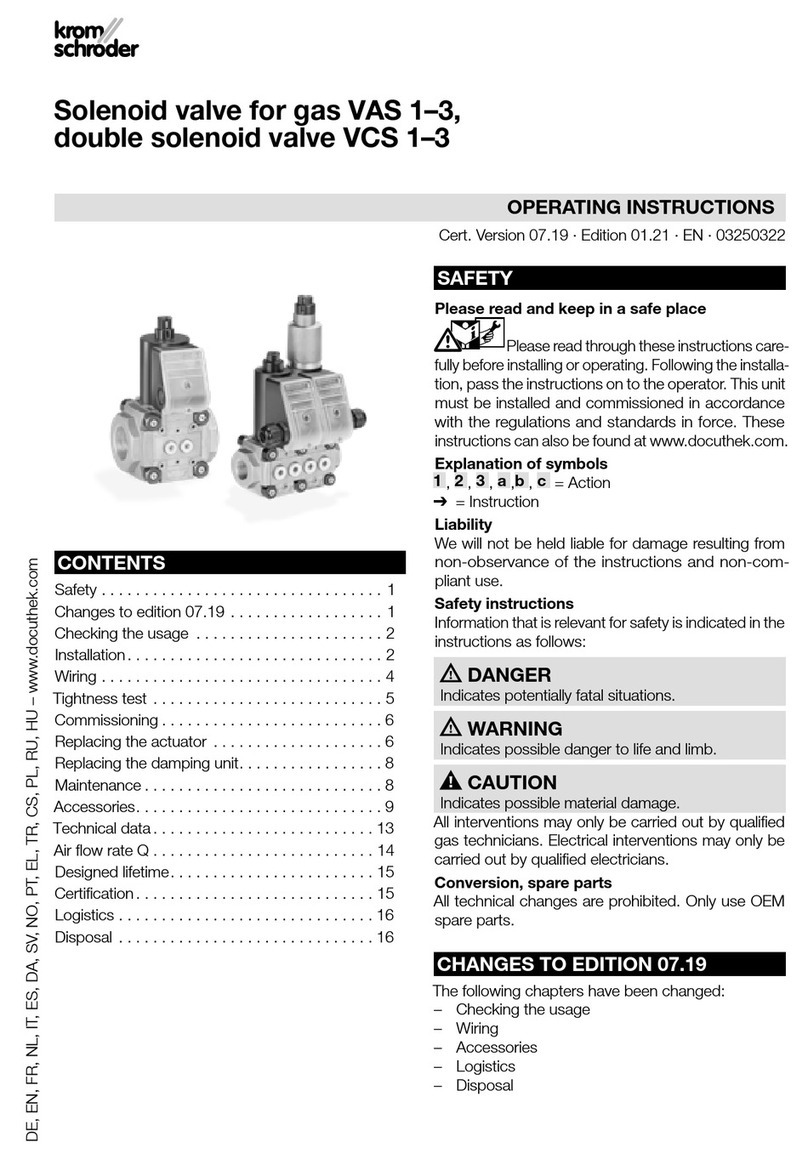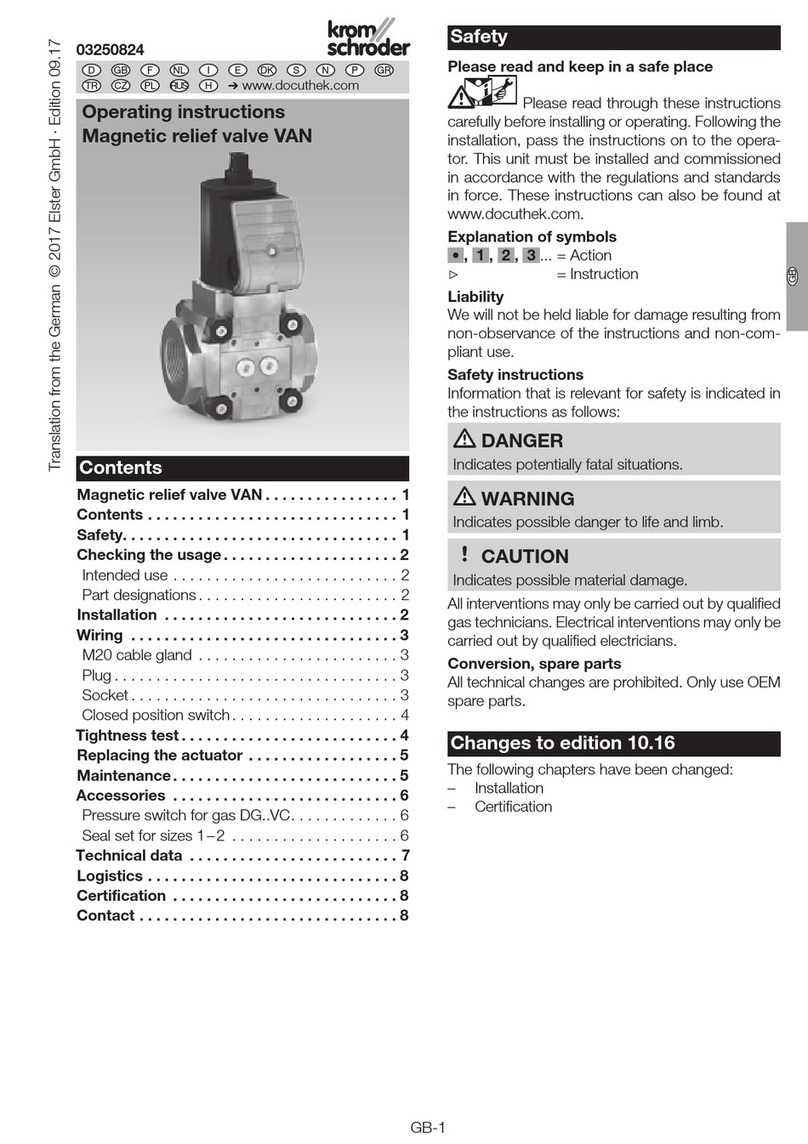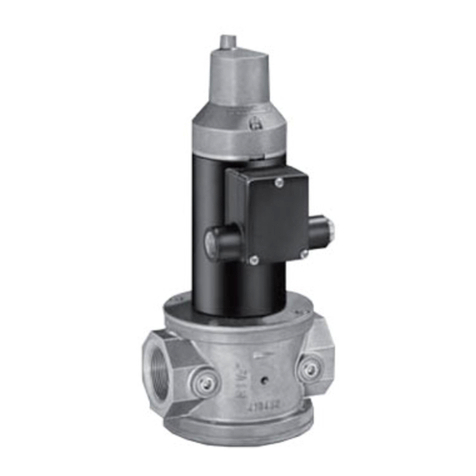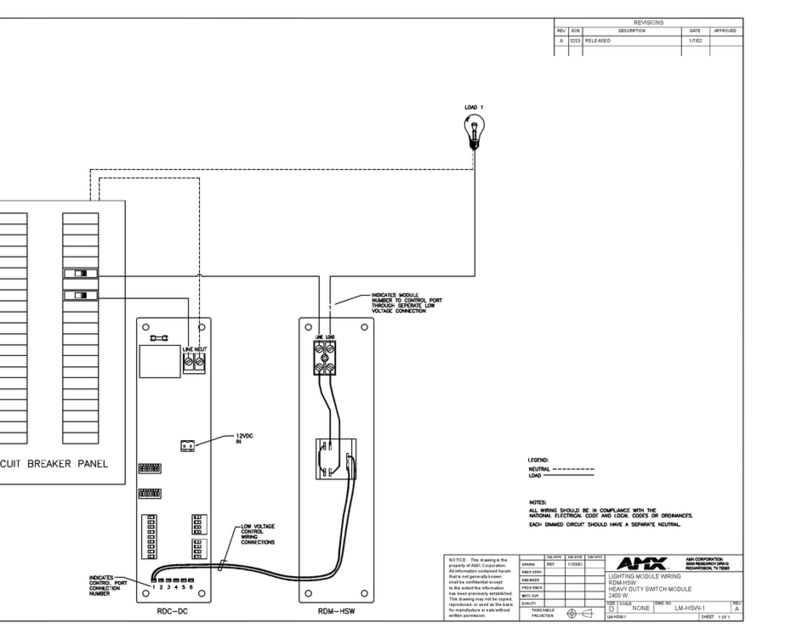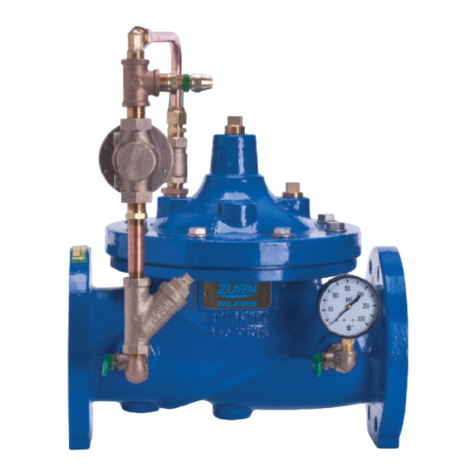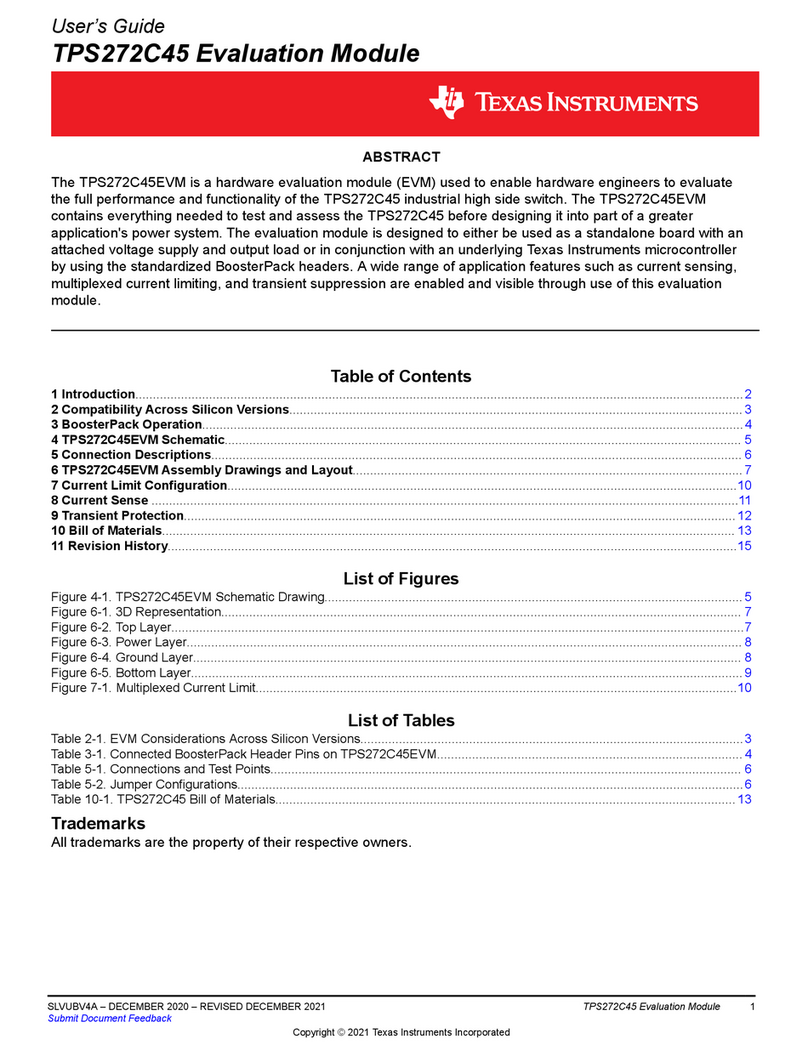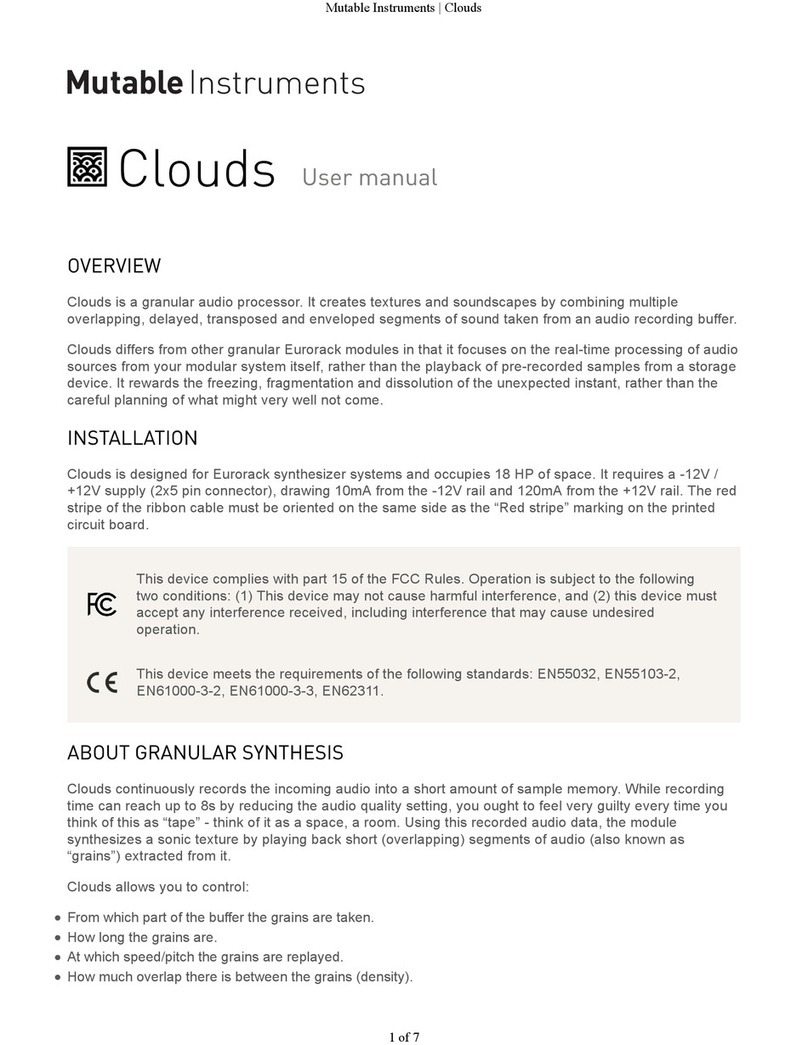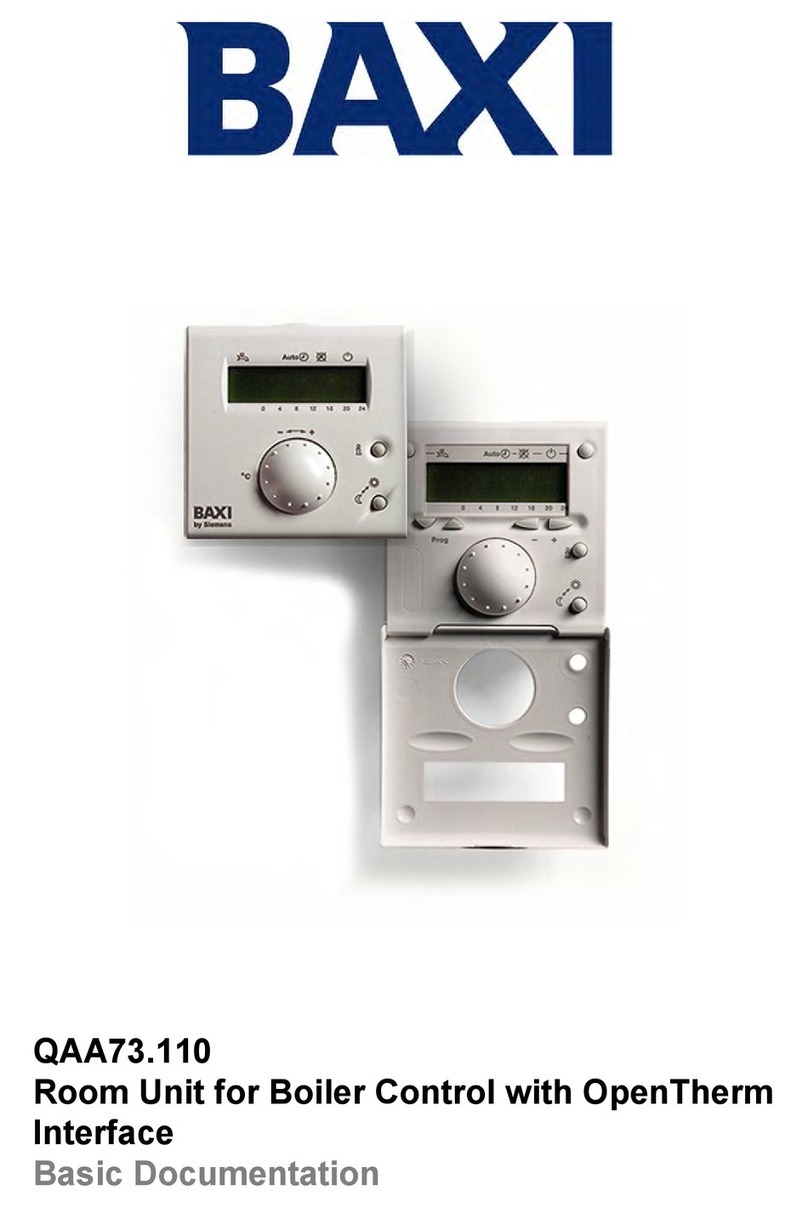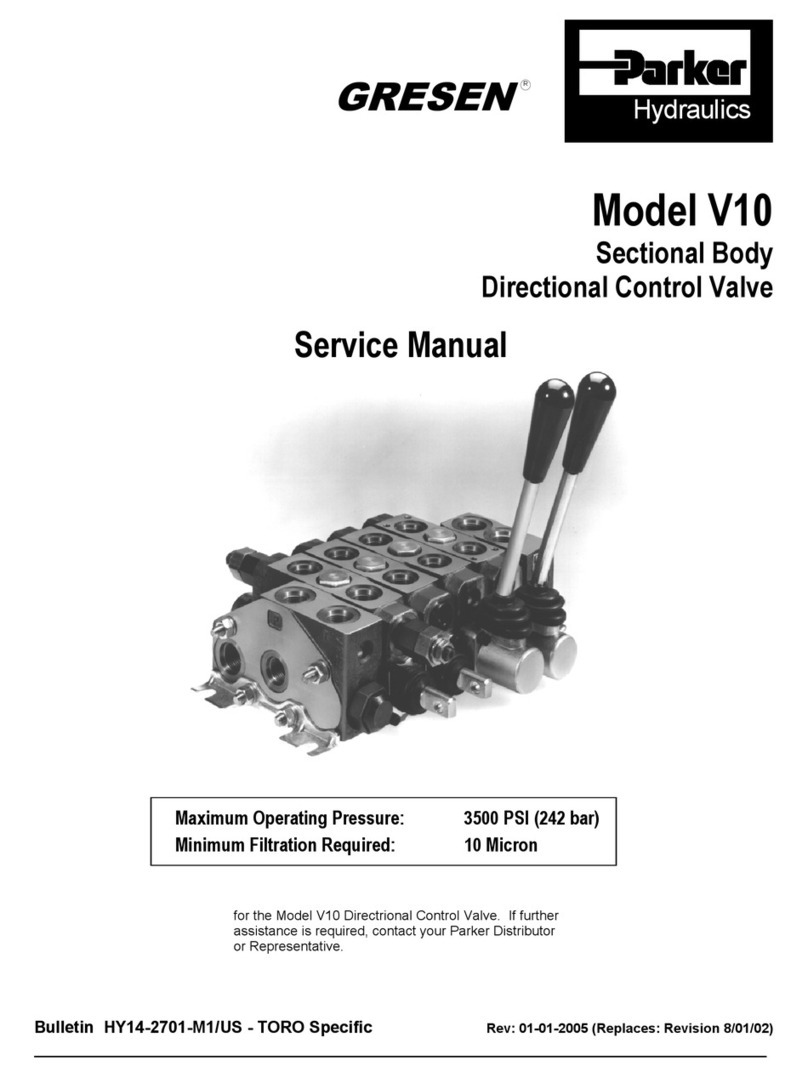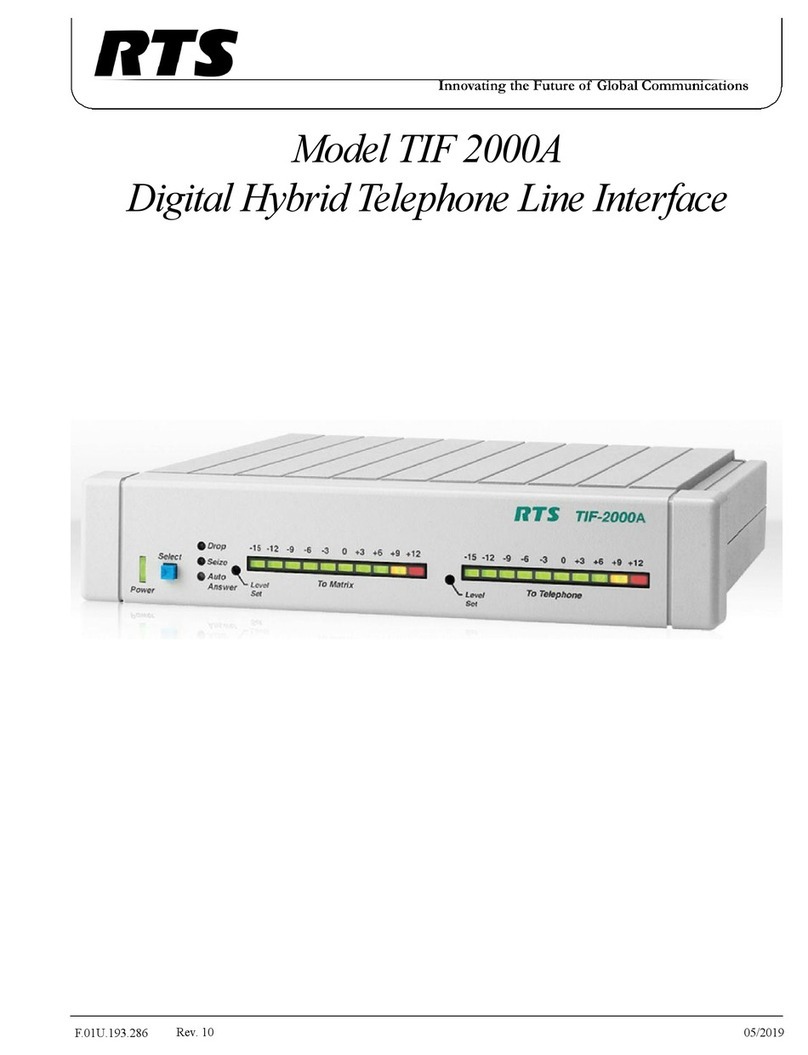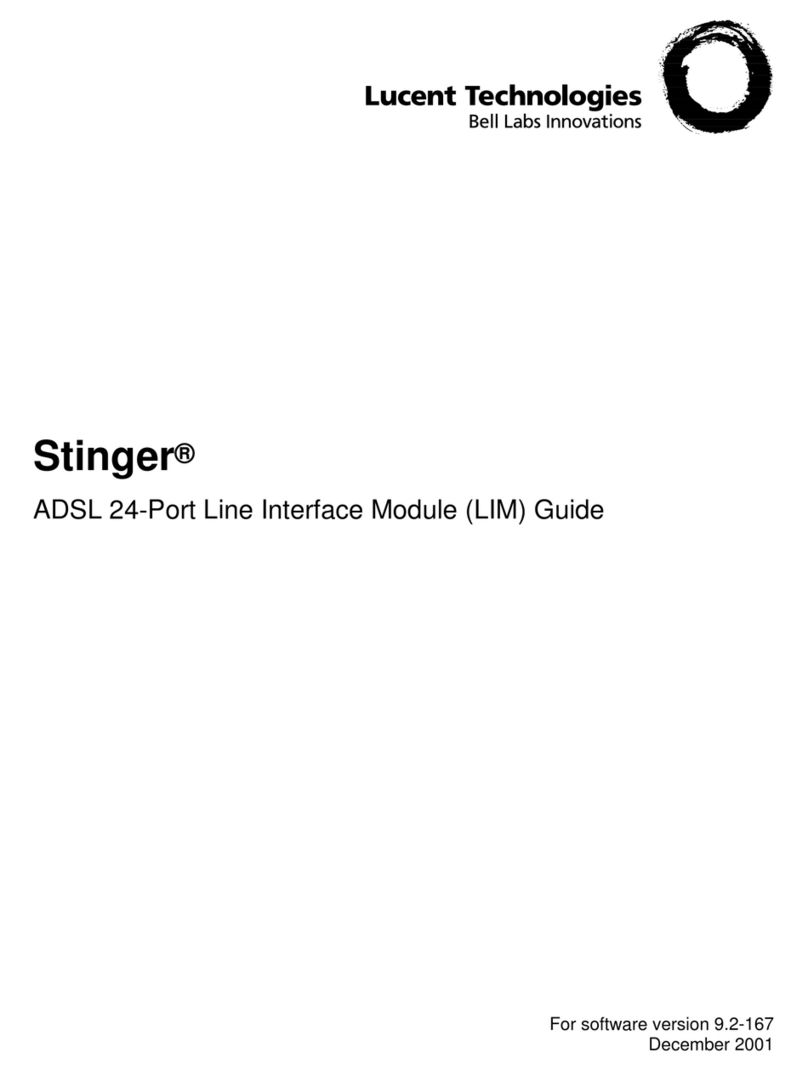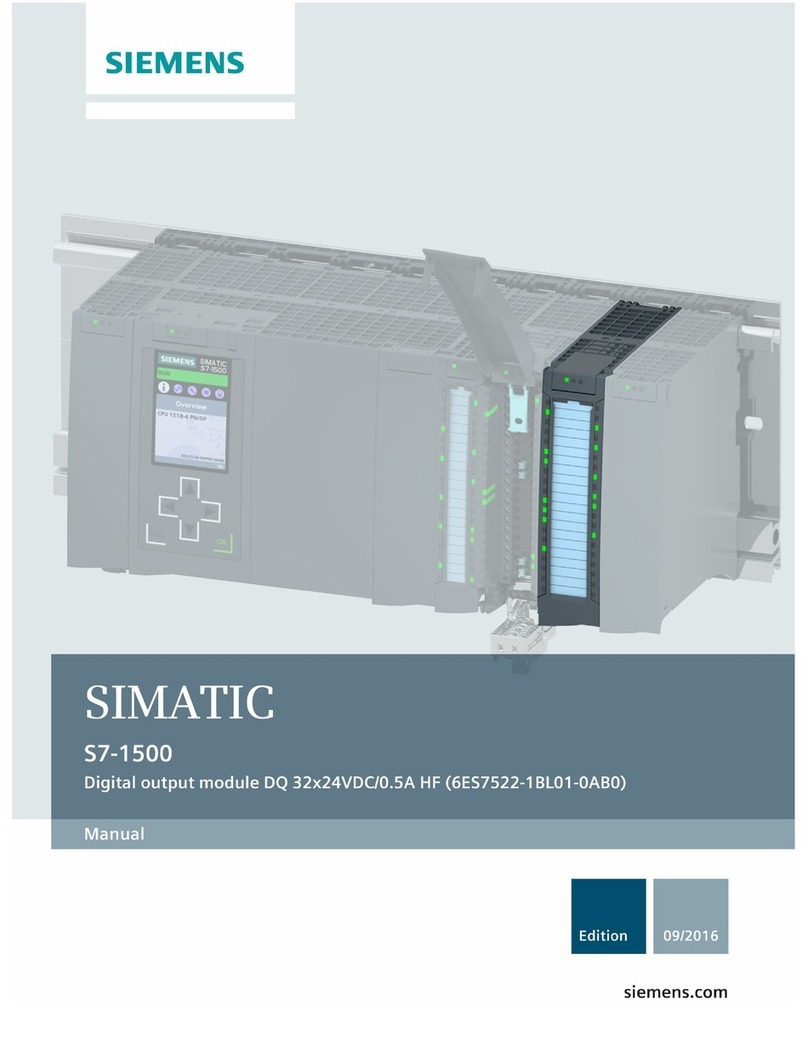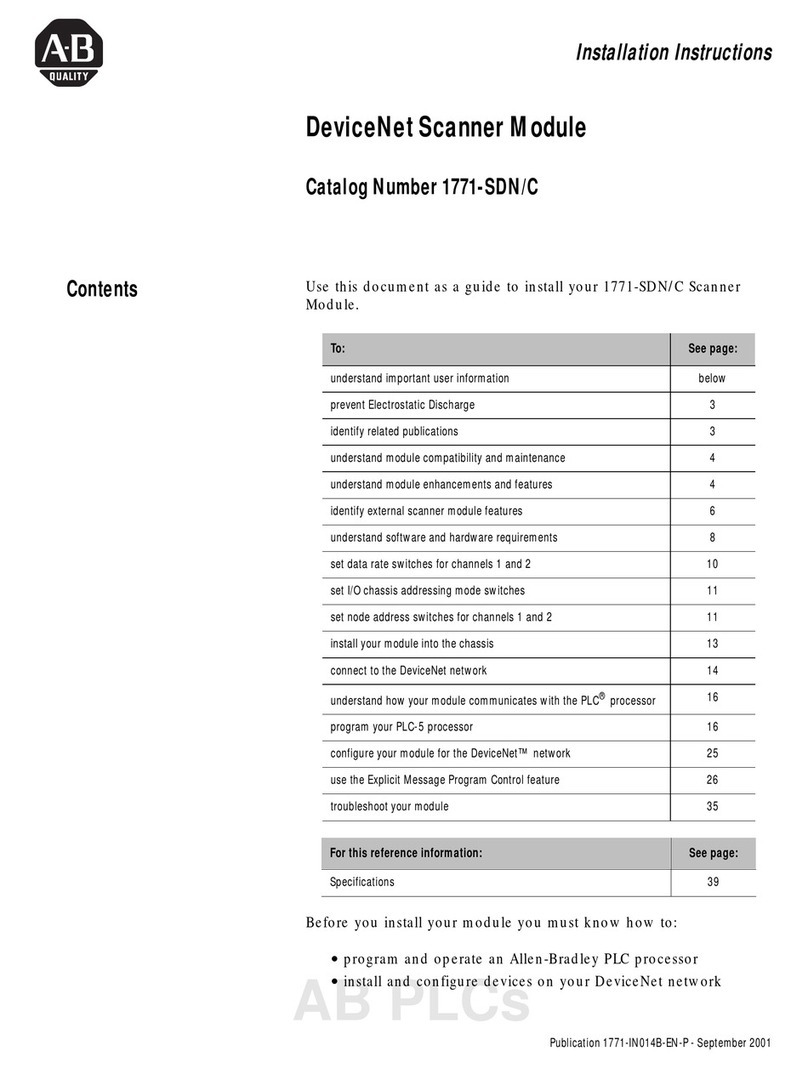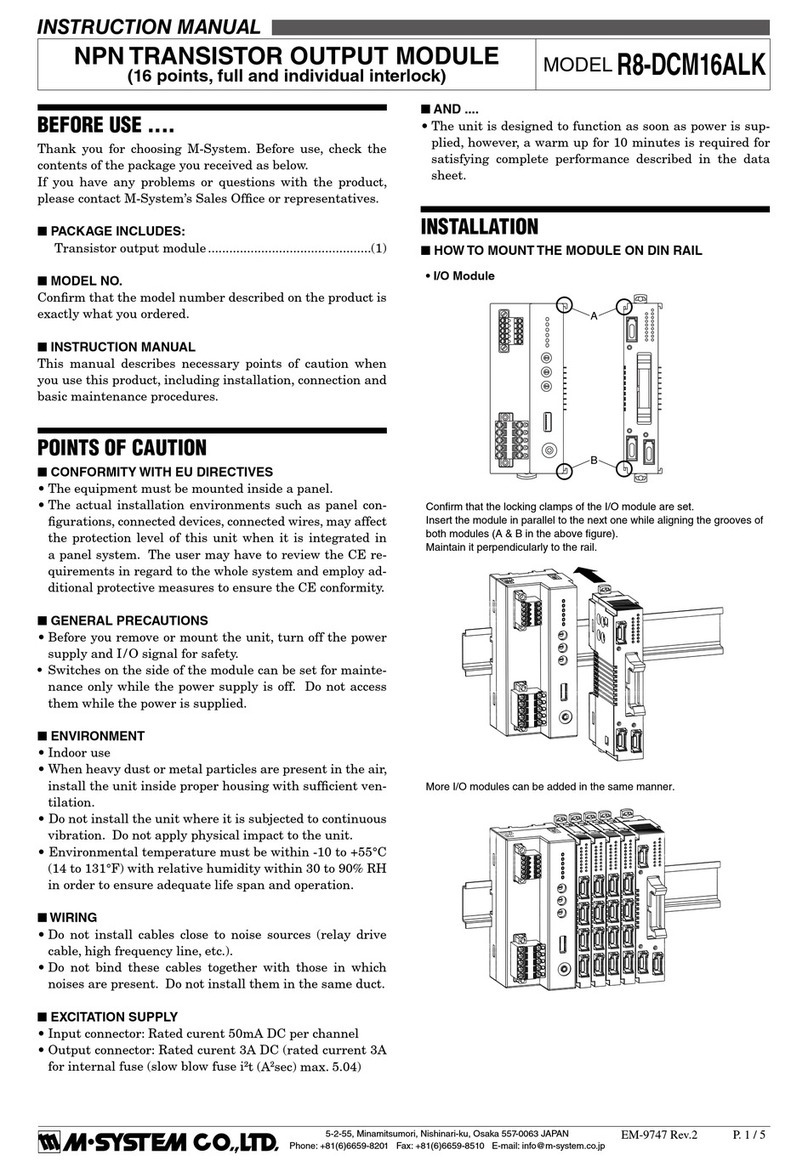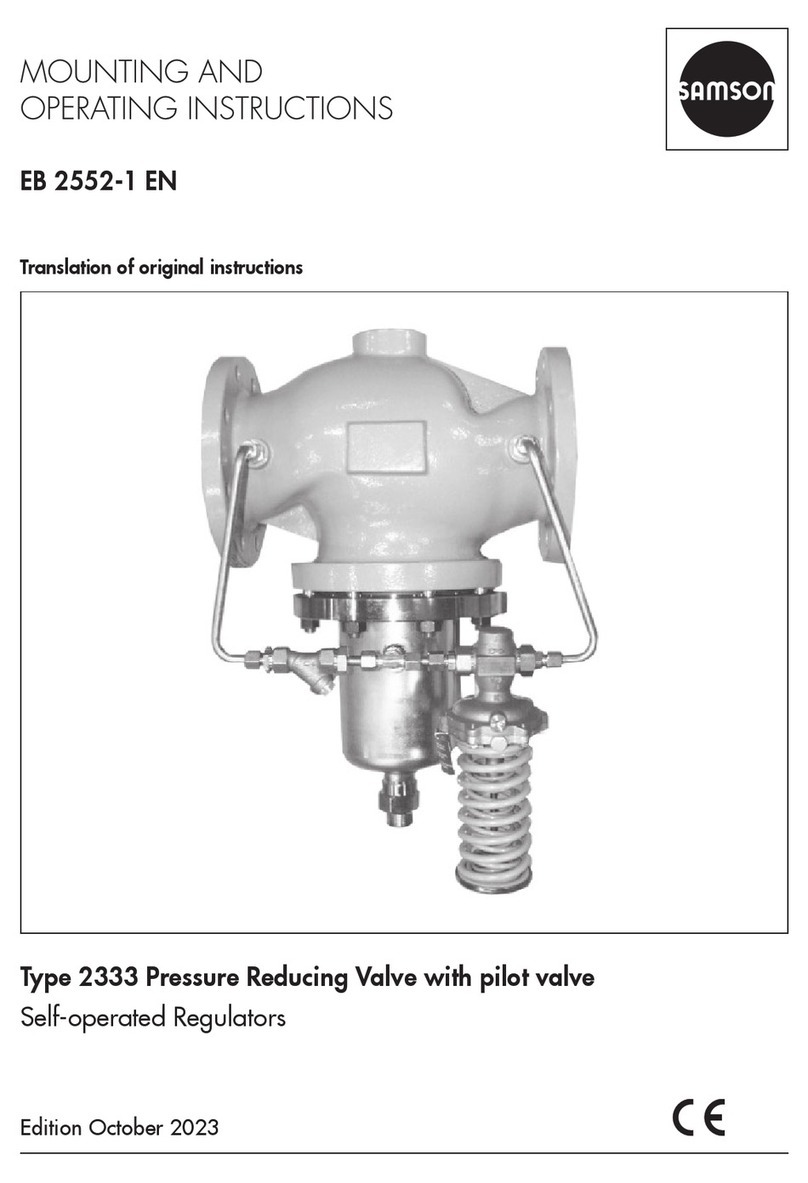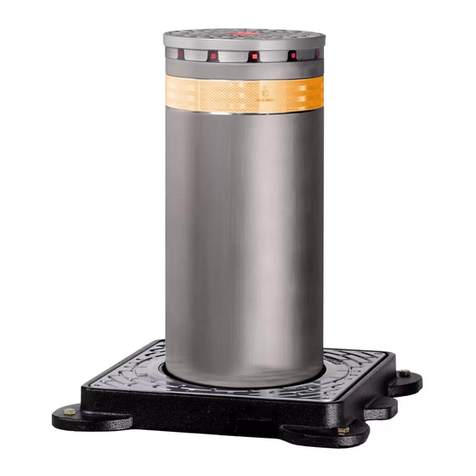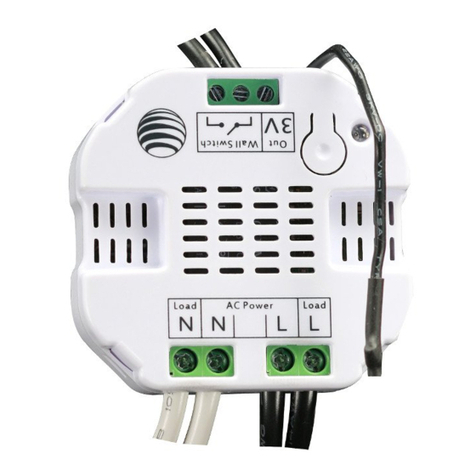
GB-15
BCU 560..F0
Apply the start-up signal to terminal1.
▷The display indicates 01 .
▷The display indicates 02 . The gas valves open
and the burner ignites. Safety time1 starts to
elapse.
▷
The display indicates
03
during flame proving
period1.
▷
The display indicates
04
. The burner is in op-
eration.
BCU 560..F, BCU 565..F
▷If the air actuator is activated externally for cool-
ing in the start-up position, the display indicates
A0 .
Apply the start-up signal to terminal1.
▷The display indicates 01 or A1 if the air actuator
has been activated.
▷The display indicates 02 or A2 if the air actuator
has been opened. The gas valves open and the
burner ignites. Safety time1 starts to elapse.
▷
The display indicates
03
during flame proving pe-
riod1 or A3 if the air actuator has been opened.
▷The display indicates 04 or A4 if the air actuator
has been opened. The burner is in operation.
BCU 580..F
▷If the air actuator is activated externally for cool-
ing in the start-up position, the display indicates
A0 .
Apply the start-up signal to terminal1.
▷The display indicates 01 or A1 if the air actuator
has been opened.
▷
The display indicates
02
or
A2
if the air actua-
tor has been opened. The gas valves open, the
pilot burner (burner1) ignites and safety time1
starts to elapse.
▷
The display indicates
03
during flame proving pe-
riod1 or A3 if the air actuator has been opened.
▷The display indicates 04 or A4 if the air actuator
has been opened. The pilot burner is in operation.
▷The display indicates 06 or A6 if the air actuator
has been opened. The main burner (burner2)
ignites and safety time2 starts to elapse.
▷
The display indicates
07
during flame proving pe-
riod2 or A7 if the air actuator has been opened.
▷The display indicates 08 or A8 if the air actuator
has been opened. The main burner is in opera-
tion. The controller enable signal has been issued.
Manual mode
▷For adjustment of the burner control unit or for
fault-finding.
▷
In Manual mode, the BCU operates indepen-
dently of the status of the inputs for start-up
signal (terminal1), controlled air flow (terminal2)
and remote reset (terminal3). The function of the
controller enable/emergency stop input (termi-
nal46) is retained.
▷Manual mode is terminated by switching off the
BCU or in the event of a power failure.
▷
Parameter 67 = 0: Manual mode unlimited in
time. The burner control unit may continue to
be operated manually in the event of failure of
the control system or the bus.
▷Parameter 67 = 1: The BCU will terminate Man-
ual mode 5minutes after the last time the Reset/
Information button is pressed. It switches to the
start-up position/standby (display00 ).
1 Switch on the BCU while holding the Reset/
Information button. Hold the Reset/Information
button until the two dots in the display start to
blink.
▷
If the Reset/Information button is pressed briefly,
the current step in Manual mode is shown.
▷
If the Reset/Information button is pressed for
>1s, the BCU proceeds to the next program
step.
Keep pressing the Reset/Information button (for
>1s at a time) until the BCU has reached the
Burner operation program step (BCU560, 565=
display0.4. /BCU580= display0.8. ).
BCU..F1 with IC 0
▷
Following the burner operating signal (BCU56x=
display
0.4.
, BCU580= display
0.8.
), actuator
IC20 can be opened and closed as required.
Press the Reset/Information button.
▷
If the button continues to be held down, the
actuator opens further until it reaches the posi-
tion for maximum capacity.
▷The display indicates A. .with blinking dots.
▷
Once the button has been released, the butterfly
valve stops in the relevant position.
4 Press the Reset/Information button again.
▷
If the button continues to be held down, the
actuator closes further until it reaches the posi-
tion for minimum capacity.
▷The display indicates A. .with blinking dots.
▷A change of direction takes place each time the
button is released and pressed again. When the
butterfly valve has reached its final position, the
dots disappear.
BCU..F1 with IC 40, BCU..F with RBW or
frequency converter
▷Following controller enable (BCU56x= display
0.4.
, BCU580= display
0.8.
), it is possible to
move between the positions for maximum and
minimum capacity on a binary basis.
















